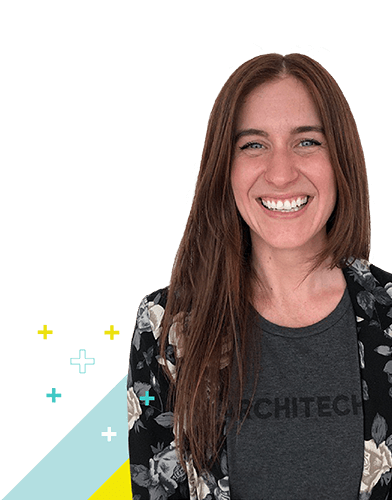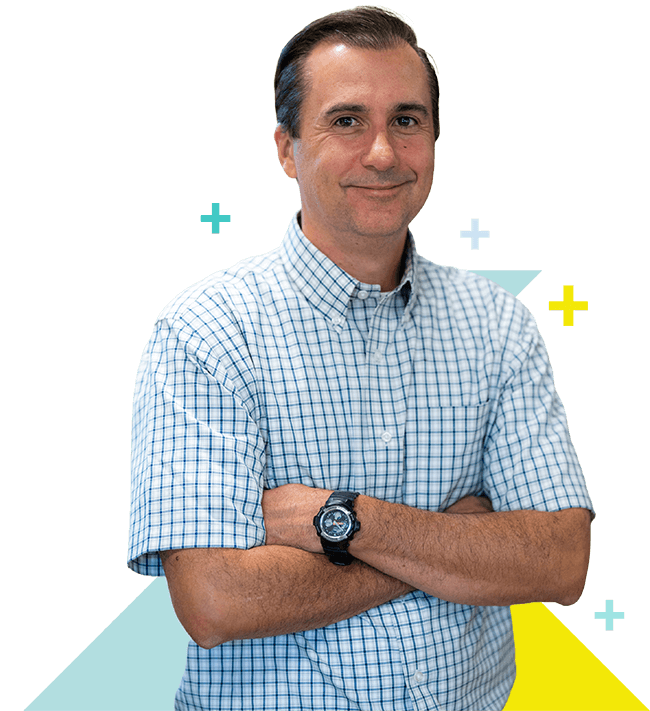We believe that by involving the client early and often, we end up with a better outcome and allows us to create the right product, faster.
“Make the logo bigger!” - It’s a running joke among most designers when we talk about getting design feedback from clients. While sometimes the client may not understand why we’ve made a particular design decision, at Architech we help our clients get there, and we do it together.
We believe that by involving the client early and often, with each design iteration they participate in, they can see how their concerns are being addressed and gain trust in our work. Working closely with clients allows us to create the right product, faster.
The Hands-on Client
So, what do you do if a client wants to get involved and jump right in? We recently worked with a stakeholder who was very hands-on; he was always coming up with new ideas and would whiteboard at every opportunity. Naturally, he was the perfect person for a particular design exercise – collaborative wireframing.
The project was unique in that we were designing a mobile version of a desktop application, which meant we knew what features to include, but not where they would go in the app. The challenge, as is with any small screen, was space: How can we fit everything from a desktop app into mobile?
The idea struck when the client was sketching yet another one of his ideas – let’s get his help with the wireframes since he is so hands-on! Usually this step is done without the client and reviewed together later, but we decided to hold a collaborative wireframing session instead. Wireframes are a black-and-white representation of a layout, so there’s no pressure to be the next Picasso – anyone can do it!
Wireframing Can Be Fun
Setting up the collaborative wireframe session was easy:
- Compile a list of all the different tools and features that need to be included
- Create icons for each feature or tool
- Print out these icons, layout elements and phones to put them on
- Lay out all the pieces on a large table and get ready for the fun to start!
Since screen space is significantly limited on a mobile device we focused on the most important functionalities. The client grabbed the icons and we took our time sorting them into areas that would be visible to the user right away and placing them on the paper “screens”.
Next, we looked at what could be hidden in a menu, a tab or separate screen. The outcome of this collaboration was basic wireframes for the main screens, but more importantly, we gained the client’s buy-in and trust AND got closer to the final solution, faster.

A Win-Win
Using paper, markers and scissors to create basic wireframes allowed the client to see how the design would come together quickly and easily. Since they helped to create the designs, approval was also done on the spot! So the next time you hear “Make the logo bigger”, here are some points for resolution consideration:
- Include clients in the design process
- Discover the kind of client they are and modify activities to those that would work for them
- Remember that anyone can create wireframes; they’re meant to be useful and informational, not pretty
- Get Crafty!
Admittedly, this method worked well because the client cared about the product, the end users, and was itching to be part of the design process. Having a hands-on client meant that we could collaborate throughout the process, which allowed us to create the right product, faster.






























